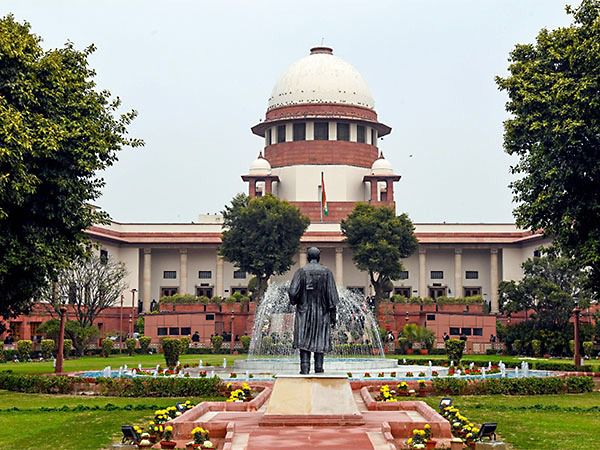200,000 noise barriers installed along viaduct of Mumbai-Ahmedabad bullet train corridor
Dec 23, 2024

New Delhi [India], December 23 : The Mumbai-Ahmedabad Bullet Train Project has achieved a significant milestone with the installation of 206,000 noise barriers along both sides of the 103 km viaduct.
For every 1 km stretch, 2,000 noise barriers have been strategically placed on each side of the viaduct.
National High Speed Rail Corporation (NHSRCL), in an update on Monday, said that the noise barriers are designed to mitigate sound generated by the train and civil structures during operations.
These barriers reflect and distribute aerodynamic noise produced by the train as well as the sound generated by the wheels running along the tracks. Each barrier measures 2 metres in height and 1 metre in width, with a weight of approximately 830-840 kg. In residential and urban areas, taller noise barriers of 3 metres have been installed.
These include an additional 1-metre translucent polycarbonate panel above the 2-metre concrete barrier to ensure passengers enjoy unobstructed views.
To support the production of these barriers, six dedicated factories have been established. Three factories are located in Ahmedabad, with one each in Surat, Vadodara, and Anand.
The Mumbai-Ahmedabad Bullet Train Project has also made significant progress in key construction works.
Over 243 km of viaduct construction has been completed, along with 352 km of pier work and 362 km of pier foundation work. Bridges have been constructed across 13 rivers, and multiple railway lines and highways have been crossed through five steel bridges and two PSC bridges.
Track construction in Gujarat is progressing rapidly, with RC (Reinforced Concrete) Track Bed construction underway in Anand, Vadodara, Surat, and Navsari districts. 71 track km of RC track bed construction has been completed, and welding of rails has commenced on the viaduct.
In Maharashtra, the first concrete base-slab for the Mumbai Bullet Train Station has been successfully cast at a depth of 32 metres, equivalent to a 10-storey building. Work on the 21 km tunnel between Bandra-Kurla Complex (BKC) and Shilphata is underway, with an Intermediate Tunnel (ADIT) of 394 metres completed to facilitate main tunnel construction.
Construction of seven mountain tunnels using the New Austrian Tunnelling Method (NATM) is progressing in Palghar district. The only mountain tunnel in Gujarat has already been completed.
The 12 stations along the corridor, designed with thematic elements and energy-efficient features, are under rapid construction. These user-friendly and energy-positive stations are designed to provide a world-class passenger experience while prioritizing sustainability.
"The Mumbai-Ahmedabad Bullet Train Project continues to set new benchmarks in high-speed rail infrastructure by combining cutting-edge technology with environmental considerations. The project is not only transforming connectivity but also creating significant social and economic benefits, including the generation of thousands of jobs, the development of local industries, and improvements in regional infrastructure. It will also help in reducing travel time, enhancing mobility, and fostering regional development, the project is set to drive economic growth and elevate the quality of life across Gujarat and Maharashtra," said Vivek Kumar Gupta, Managing Director, NHSRCL.
NHSRCL is overseeing the ambitious Mumbai-Ahmedabad bullet train project.
Railways Minister Ashwini Vaishnaw in March this year said that the much-awaited bullet train project will be ready by 2026, with services between Surat and Bilimora commencing initially.
The Mumbai-Ahmedabad bullet train corridor has been making steady progress since work began in November 2021. The project initially faced delays due to challenges in land acquisition.
Prime Minister Narendra Modi and his then-Japanese counterpart Shinzo Abe launched the project in Ahmedabad on September 14, 2017.
National High-Speed Rail Corporation Limited (NHSRCL) was incorporated on February 12, 2016 under the Companies Act, 2013 with the object of financing, constructing, maintaining and managing the High-Speed Rail Corridor in India.



















